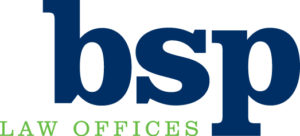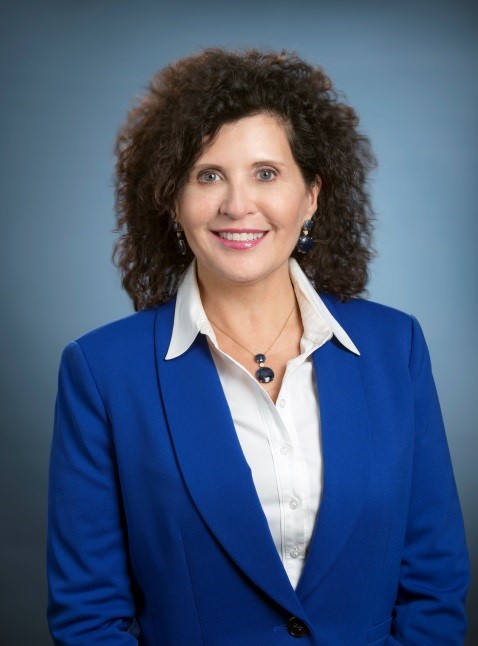Market share liability—a controversial method of awarding damages created by the California Supreme Court in Sindell v. Abbott Laboratories—has only been successfully applied in limited situations, most notably in cases involving diethylstilbesterol (“DES”), a drug previously used to prevent miscarriages but later found to cause cancerous growths in daughters exposed to DES prior to birth.[1] Market share liability allows a plaintiff to establish a cause of action against a group of manufacturers rather than requiring the plaintiff to identify the specific manufacturer of the product consumed by the plaintiff that caused the alleged harm.[2]
For market share liability to be applied to a claim, all manufacturers in the action must have produced the product from an identical formula and a substantial share of the manufacturers in the market must be a part of the action.[3] The justification for this doctrine is similar to that advanced by strict liability—product manufacturers are better able to bear the cost of injury resulting from defective product manufacturing.[4]
Courts have declined to apply market share liability to cases involving lead paint,[5] asbestos,[6] and handguns,[7] among other products. The current opioid epidemic and the pending cases filed against opioid manufacturers may, however, lead the plaintiffs in those actions to pursue the application of this doctrine to their cases in an effort to hold opioid manufacturers liable for damages equal to their share of the opioid market. Such a pursuit faces an uphill battle, however, as courts are generally disinclined to apply market share liability and plaintiffs may not be able to establish the factors for applying the doctrine to their cases.
The opioid epidemic began in the late 1990s when pharmaceutical companies reassured the medical community that patients would not become addicted to opioid pain relievers.[8] Healthcare providers began prescribing opioid pain relievers at greater rates, resulting in widespread misuse and an increase in opioid-involved deaths.[9] The epidemic ultimately resulted in over 40 lawsuits being filed by cities, counties, and Native American tribes against various drug manufacturers, drug distributors, physicians, and pharmacies alleging improper marketing and distribution of various prescription opiate medications.[10]
The United States Judicial Panel on Multidistrict Litigation centralized these lawsuits in the Northern District of Ohio before Judge Polster.[11] According to the order establishing the MDL, the lawsuits contain common questions of fact including the plaintiffs’ allegations that (1) manufacturers of prescription opioid medications overstated the benefits and downplayed the risks of the use of their opioids and aggressively marketed these drugs to physicians, and/or (2) distributors failed to monitor, detect, investigate, refuse and report suspicious orders of prescription opioids.[12]
With settlement negotiations already moving forward in the MDL[13], the parties may be looking towards creative resolutions to this complicated issue, including apportionment of damages based on market share liability. However, the uniqueness of the MDL poses some problems. First, unlike in Sindell, the defendants in the opioid lawsuits include not only manufacturers of the drugs but also distributors, pharmacies, and physicians. Unlike most product liability lawsuits where plaintiffs simply allege a defective product caused them harm, plaintiffs in the opioid lawsuits are asserting the drug manufacturers deceptively marketed opioids and downplayed additional risks[14]; the drug distributors sold large quantities of opioids and failed to monitor and report suspicious opioid orders[15]; and the physicians promoted opioids in exchange for profit from the drug manufacturers.[16] Apportionment of fault is therefore difficult given the varying claims against the defendants. The parties would likely have to agree on the degree of fault for each type of defendant (manufacturers, distributers, pharmacies, or physicians) and then apportion liability based on their market share.
Second, assuming the cases were solely against the drug manufacturers, market share liability requires the products to be fungible, i.e., they must be interchangeable or of the same composition.[17] If the drugs produced by the manufacturing defendants contained different chemical formulations, market share liability may need to be creatively utilized or expanded in order for it to be applied to these claims. Furthermore, the opioid epidemic and resulting lawsuits center around several types of opioid pain relievers, both generic and name-brand, including oxycodone, hydrocodone, and fentanyl.[18] Consequently, application of market share liability to these claims would involve determining the market share of each manufacturing defendant for multiple types of opioid pain relievers.
While the application of market share liability to these claims seems unlikely, one thing is clear—litigating these claims will be no easy feat. The complexity of this litigation poses new and interesting legal challenges that we will continue tracking as they develop. Stay tuned.
[1] Sindell v. Abbott Laboratories, 26 Cal. 3d 588, 593-594 (1980).
[2] Id.
[3] Id. at p. 611-612.
[4] Id. at 611.
[5] Santiago v. Sherwin-Williams Co., 782 F.Supp. 186, 192-195 (1992).
[6] Sholtis v. American Cyanamid Co., 568 A.2d 1196, 1204-1205 (N.J. 1989).
[7] Hamilton v. Beretta U.S.A. Corp., 750 N.E.2d 1055, 1067-1068 (N.Y. 2001).
[8] What is the U.S. Opioid Epidemic? https://www.hhs.gov/opioids/about-the-epidemic/index.html (last viewed July 16, 2018).
[9] Id.; Overdoes Deaths Involving Opioids, by Type of Opioid, United States, 2000-2016, available at https://www.cdc.gov/drugoverdose/data/index.html (last viewed July 16, 2018).
[10] Transfer Order at Schedule A, In re: National Prescription Opiate Litigation, 1:17-md-02804-DAP (2017) (MDL No. 2804), available at http://www.ohnd.uscourts.gov/sites/ohnd/files/2804TransferOrder.pdf.
[11] Id.
[12] Id.
[13] Minutes of 1-31-18 Settlement Conference and Scheduling Order, In re: National Prescription Opiate Litigation, 1:17-md-02804-DAP (2017) (MDL No. 2804), available at http://www.ohnd.uscourts.gov/sites/ohnd/files/mdl2804-111.pdf
[14] State of Ohio ex rel. Mike DeWine, Ohio Attorney General v. Purdue Pharma L.P., et al., available at https://www.ohioattorneygeneral.gov/Files/Briefing-Room/News-Releases/Consumer-Protection/2017-05-31-Final-Complaint-with-Sig-Page.aspx
[15] State of New Mexico ex rel. Hector Balderas, Attorney General v. Purdue Pharma L.P., et al., No. D-101-CV-2017-02541 available at https://www.nmag.gov/uploads/PressRelease/48737699ae174b30ac51a7eb286e661f/Attorney_General_Balderas_Adds_New_Defendants___Claims_to_Opioid_Lawsuit.pdf
[16] Salt Lake County v. Purdue Pharma L.P., et al., available at https://slco.org/uploadedFiles/depot/fDistrictAttorney/press_release/Opioid%20Litigation.pdf
[17] Skipworth v. Lead Industries Association, 690 A.2d 169 (Pa. 1997)
[18] National Institute on Drug Abuse – Opioids, available at https://www.drugabuse.gov/drugs-abuse/opioids.



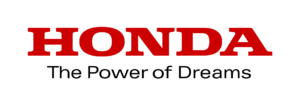 does not seem to fit into any protected class, but appearances, as they say, can be deceiving. This makes Peim living proof of one bedrock principle of diversity and inclusion: do not judge people based on external factors. For the past two years, Peim has been not so quietly helping his employer, Honda North America, lead the charge for diversity and inclusion in the outside counsel they retain.
does not seem to fit into any protected class, but appearances, as they say, can be deceiving. This makes Peim living proof of one bedrock principle of diversity and inclusion: do not judge people based on external factors. For the past two years, Peim has been not so quietly helping his employer, Honda North America, lead the charge for diversity and inclusion in the outside counsel they retain.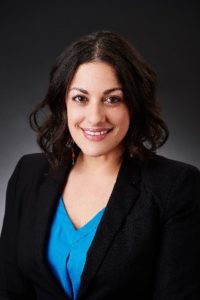
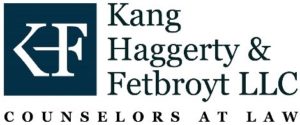
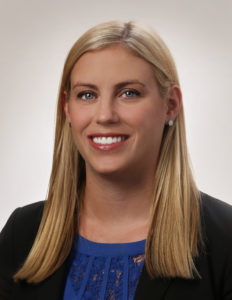 Author:
Author: 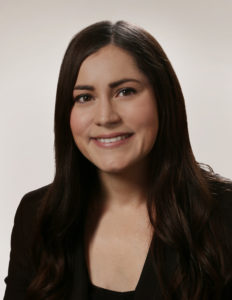
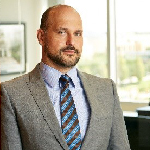 Author:
Author:  Author:
Author:  Author:
Author: 